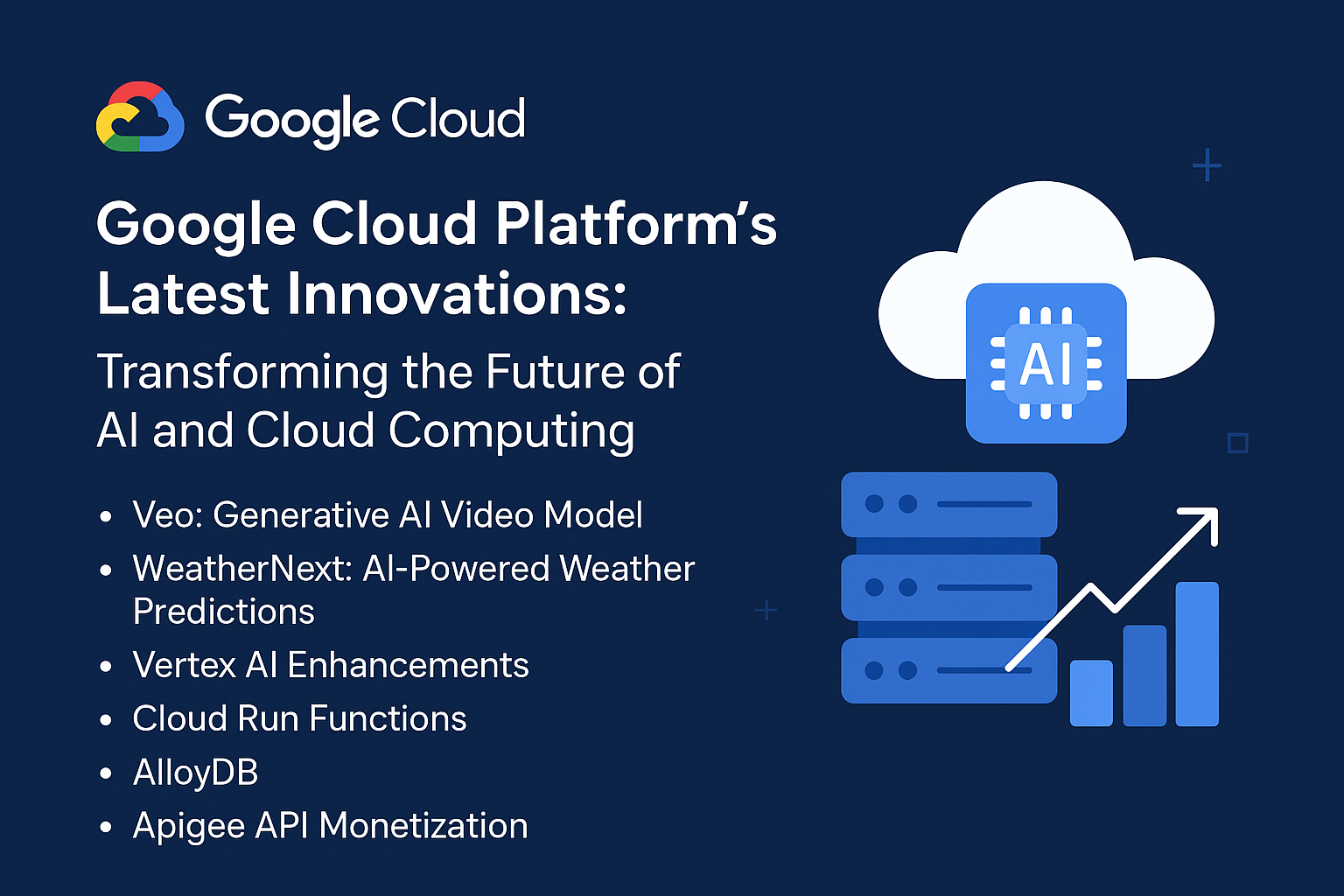Table of Contents:
- Introduction to Serverless Computing
- Key Benefits of Serverless Computing
- Cost Efficiency
- Scalability and Flexibility
- Reduced Operational Overhead
- Faster Time to Market
- Enhanced Reliability
- Common Use Cases for Serverless Computing
- Web and Mobile Applications
- Event-Driven Applications
- Microservices Architectures
- Data Processing and Analytics
- IoT (Internet of Things) Applications
- Challenges of Serverless Computing
- Vendor Lock-In
- Cold Start Latency
- Debugging and Monitoring
- Best Practices for Implementing Serverless Computing
- Design for Statelessness
- Efficient Resource Management
- Security Considerations
- Conclusion: The Future of Serverless Computing
1. Introduction to Serverless Computing
Serverless computing is a cloud-native development model where developers write code without managing the underlying infrastructure. The cloud provider takes care of provisioning, scaling, and managing the servers required to run applications. The term “serverless” is a bit misleading because servers are still involved, but the complexity of server management is abstracted away from the developer.
Resources:
2. Key Benefits of Serverless Computing
Cost Efficiency
Serverless computing operates on a pay-per-use model. This means you only pay for the actual execution time of your code, eliminating the need to provision and pay for idle server resources.
Resources:
Scalability and Flexibility
Serverless platforms automatically scale your application by managing the number of active instances depending on the incoming requests. This allows seamless handling of traffic spikes without manual intervention.
Resources:
Reduced Operational Overhead
Since the infrastructure is abstracted, organizations don’t need to worry about server maintenance, patching, or scaling issues, which reduces operational complexity and cost.
Resources:
Faster Time to Market
With serverless architecture, developers can focus purely on writing the application code without worrying about the infrastructure, which leads to faster product iterations and quicker deployments.
Resources:
- Accelerating Application Development with Serverless
- How Serverless Computing Enables Faster Time-to-Market
Enhanced Reliability
Serverless platforms are highly reliable, often providing automatic failover, redundancy, and backups out-of-the-box, ensuring that applications have high availability.
Resources:
3. Common Use Cases for Serverless Computing
Web and Mobile Applications
Serverless computing is ideal for developing web and mobile backends, where the infrastructure can dynamically scale based on user activity. Popular platforms like AWS Lambda or Google Cloud Functions are frequently used for handling API requests, user authentication, and database management.
Resources:
Event-Driven Applications
Serverless is well-suited for event-driven applications, where resources are triggered in response to events, such as file uploads, database changes, or messaging queues.
Resources:
Microservices Architectures
Serverless computing enables the development of microservices, where each function is a small, independent service. It simplifies scaling and deployment while maintaining flexibility in integrating different parts of an application.
Resources:
Data Processing and Analytics
Serverless platforms are commonly used for processing large amounts of data. Cloud providers offer services that allow data to be processed on-demand, which is useful for analytics pipelines or ETL (Extract, Transform, Load) tasks.
Resources:
IoT (Internet of Things) Applications
Serverless computing allows IoT applications to handle data from a large number of connected devices efficiently, without the need to manage infrastructure.
Resources:
4. Challenges of Serverless Computing
Vendor Lock-In
Using serverless solutions can lead to vendor lock-in, as each cloud provider’s offerings are often proprietary. Switching providers can be complex and costly.
Resources:
Cold Start Latency
When functions are not actively running, the first request that triggers a function can face latency, known as “cold starts.” This can be problematic for applications with strict performance requirements.
Resources:
Debugging and Monitoring
Because serverless applications are abstracted and run in short-lived functions, traditional debugging and monitoring methods may not work well, requiring specialized tools and approaches.
Resources:
5. Best Practices for Implementing Serverless Computing
Design for Statelessness
Serverless functions should be stateless, meaning they do not rely on previous execution states. This ensures that they can scale independently without dependencies.
Resources:
Efficient Resource Management
Serverless applications require careful management of resources to avoid unnecessary costs. This involves monitoring usage and optimizing execution times.
Resources:
Security Considerations
Security is critical, especially with multiple small functions running across a distributed environment. Proper access control and secure communication between components are essential.
Resources:
6. Conclusion: The Future of Serverless Computing
Serverless computing is rapidly gaining popularity due to its ability to reduce costs, streamline development, and simplify scaling. However, challenges like vendor lock-in and cold start latency must be addressed as the technology matures. The future of serverless computing looks promising, with continuous improvements in performance and functionality.
Resources:
This comprehensive overview highlights both the benefits and challenges of serverless computing, along with practical resources to further explore the topic.

